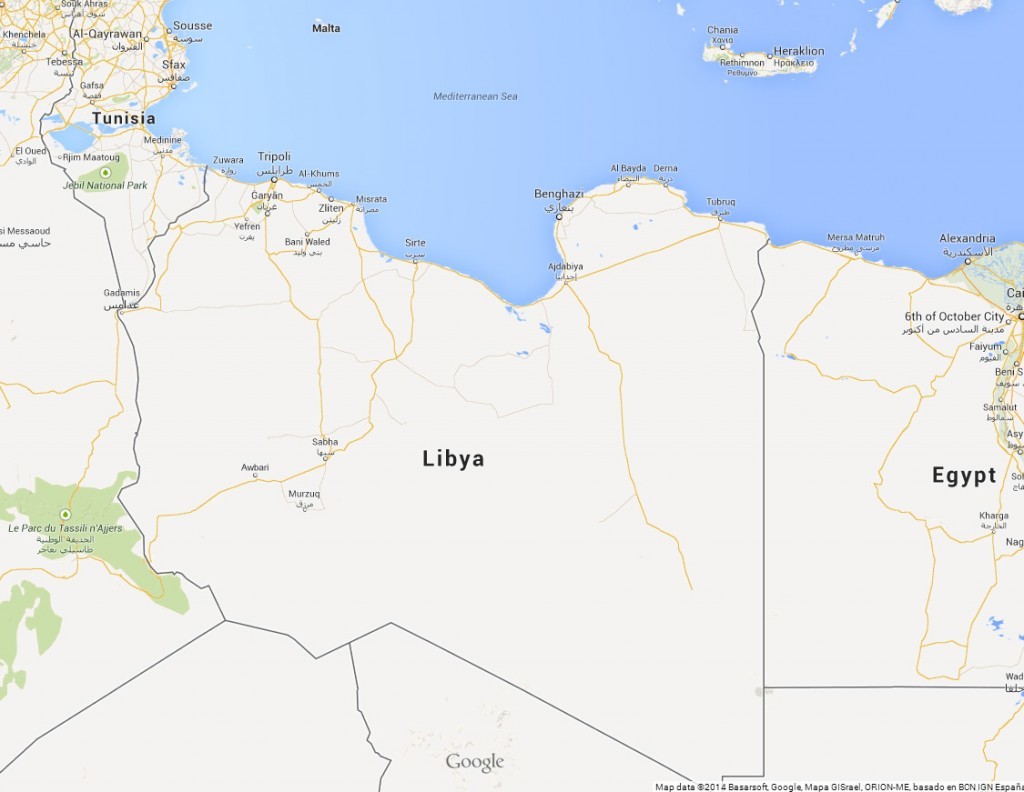
Libya’s biggest oil field Sharara is “back to normal” after a disruption caused by protests in the politically fragmented country, the state National Oil Corp. said.
Pumping was interrupted for “hours” after armed protesters shut some facilities, the NOC said in a statement. The company didn’t give an updated figure for production at the field, nor did it explain what caused the disturbances or say who the protesters represent. Sharara in western Libya was producing 275,000 barrels a day as of July 12, a person with knowledge of the situation said at the time.
The field, operated by a joint venture between Libya’s state producer and Repsol SA, Total SA, OMV AG and Statoil ASA, has experienced several brief shutdowns caused by different groups. It was closed for two days in June due to a protest by workers there.
“Grievances and personal demands cannot be settled through causing harm to the entire population,” NOC Chairman Mustafa Sanalla said Monday in the statement. The tactic of shutting down facilities “is an unacceptable negotiation technique,” said Sanalla, who has campaigned to end a rash of blockades at Libya’s ports and fields since he assumed leadership of the company in May 2014.
Libya’s crude output and exports reached a fresh three-year high last month as fighting among armed militias abated and leaders of the country’s rival administrations agreed in principle on steps to unite the nation. The recovery in the country with Africa’s largest crude reserves makes it harder for OPEC and allied oil-producing nations to curb a global supply surplus that’s depressing prices for the commodity.
Output Unlimited
The North African producer shipped about 865,000 barrels a day of crude in July, tanker tracking data compiled by Bloomberg show. That was a gain of 11 percent from June, which was already the highest since at least July 2014.
The speed at which Libya can revive crude sales is critical for the oil market because, together with Nigeria, the nation wasn’t bound by Organization of Petroleum Exporting Countries supply restrictions that helped limit output this year. OPEC extended the cuts accord — and Libya’s exemption from it — through March 2018.
Libya slid into chaos after the armed uprising that toppled and killed former strongman Muammar Qaddafi in 2011, with myriad armed groups and two administrations vying for control of the country’s energy facilities. Its rival leaders — Prime Minister Fayez al-Serraj and Libyan National Army commander Khalifa Haftar — agreed last month on calling for a cease-fire, combining the country’s divided oil company and armed forces, and holding elections as soon as possible.
Recommended for you
